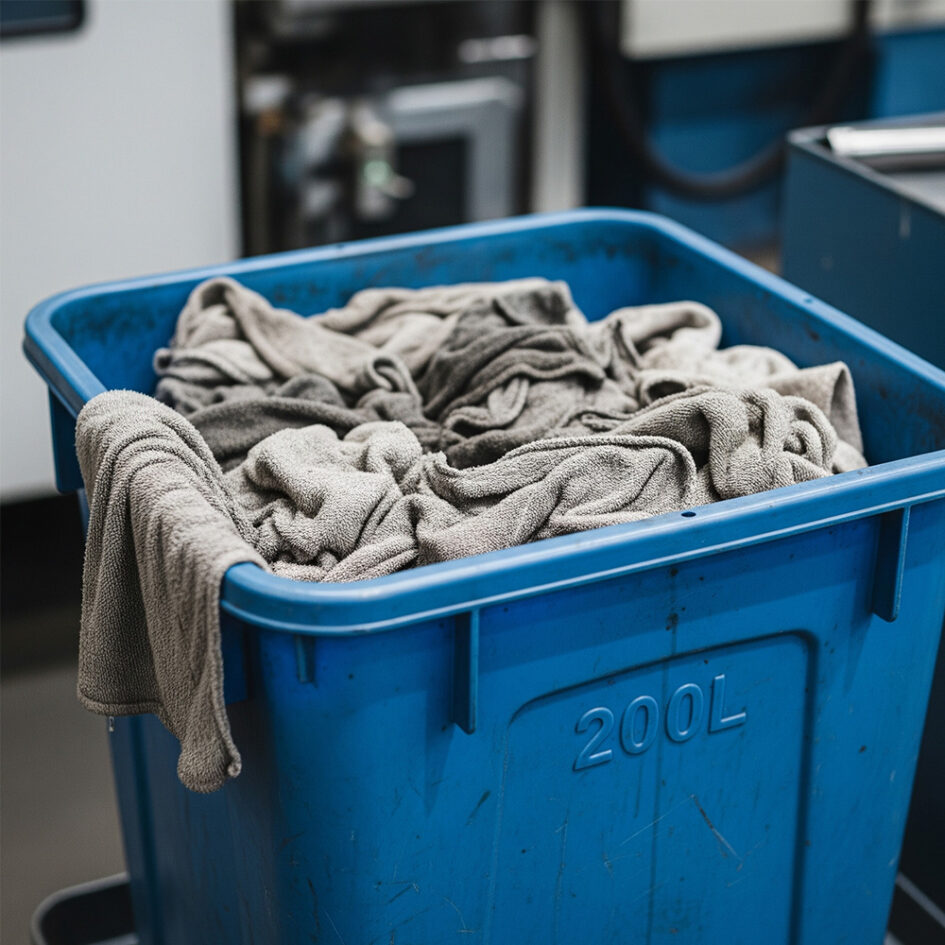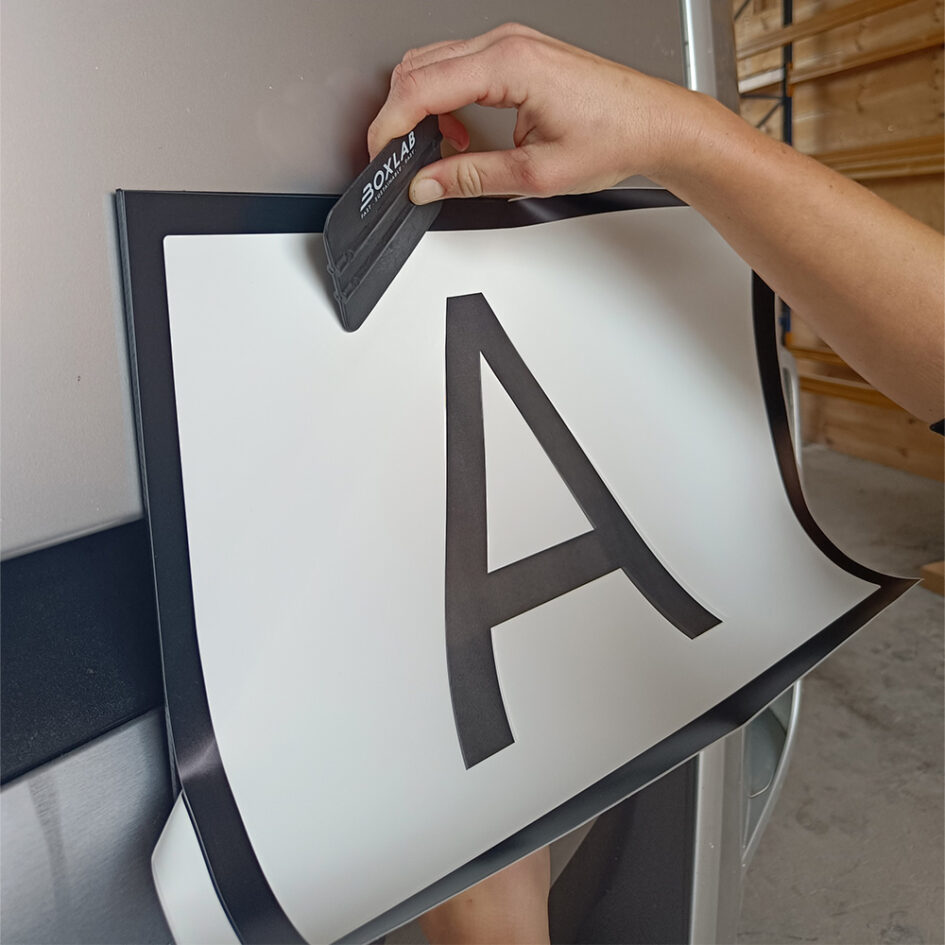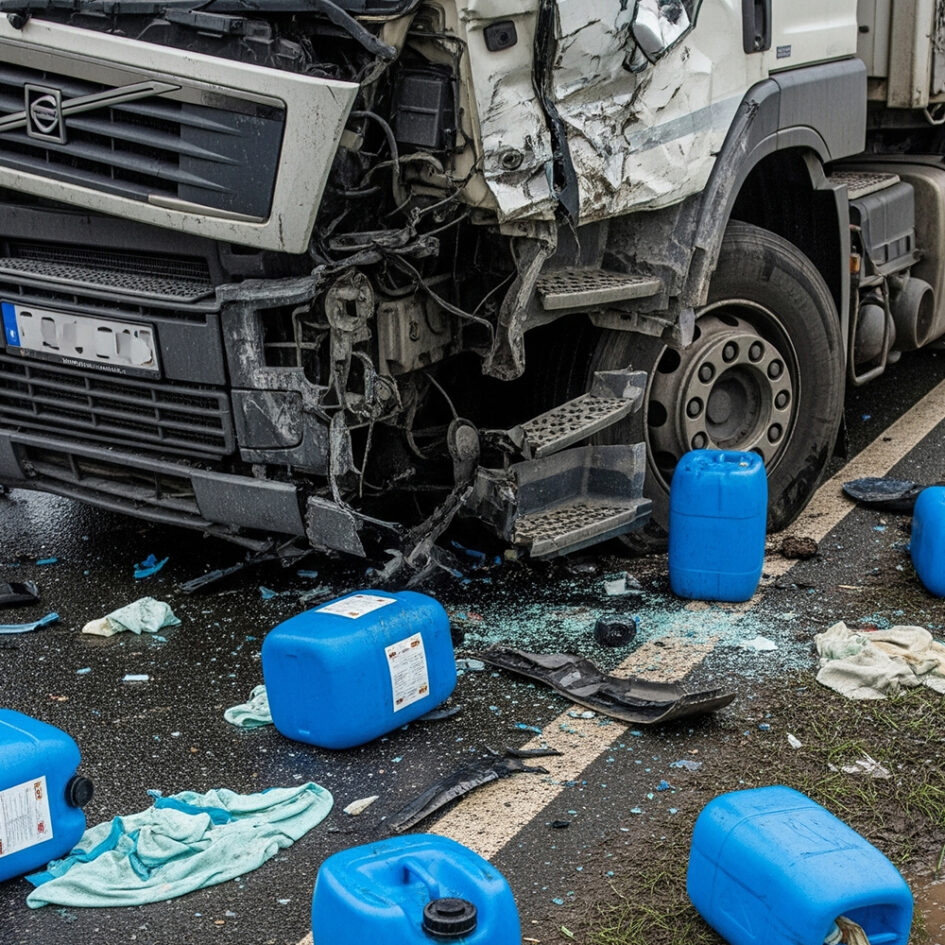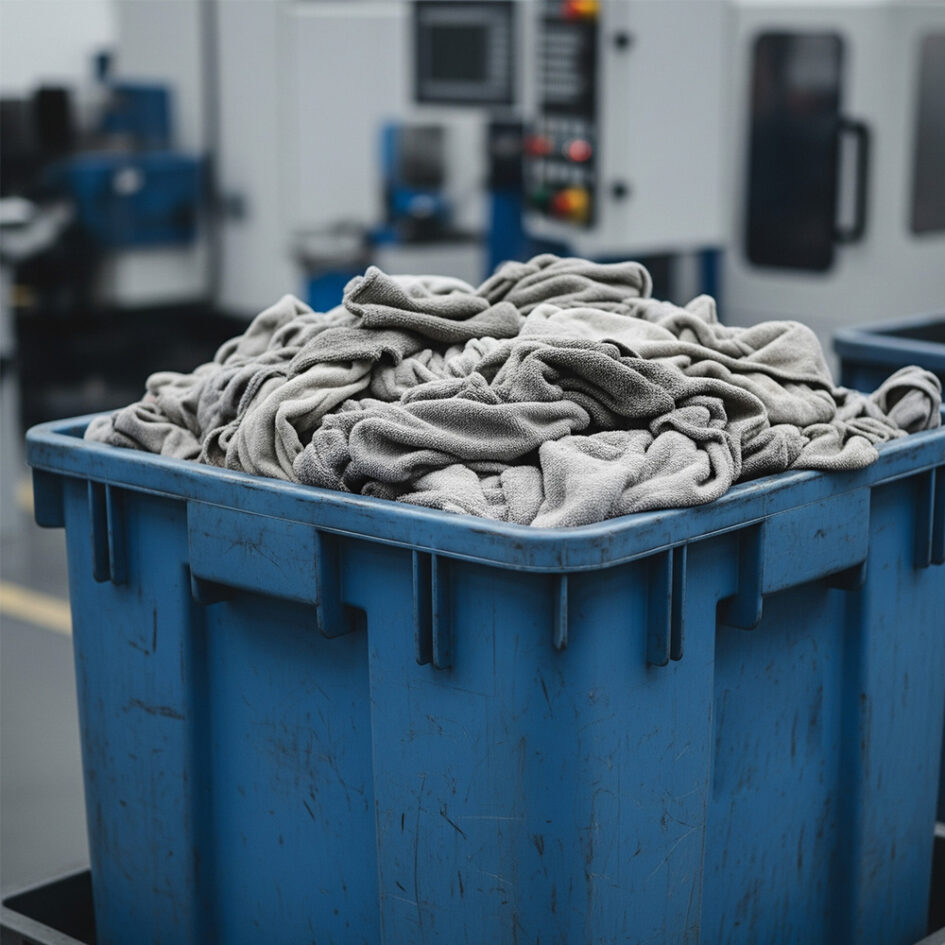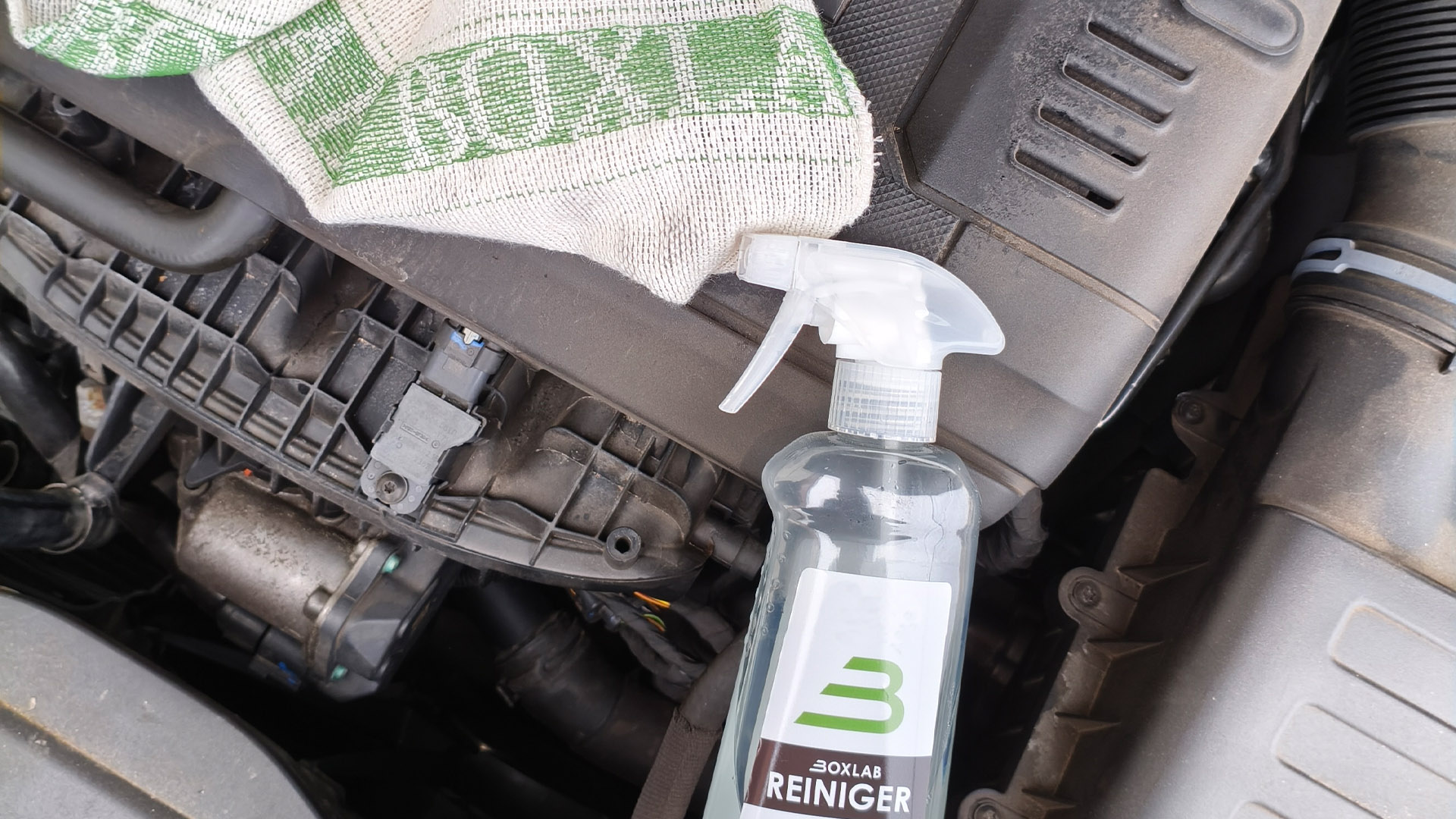
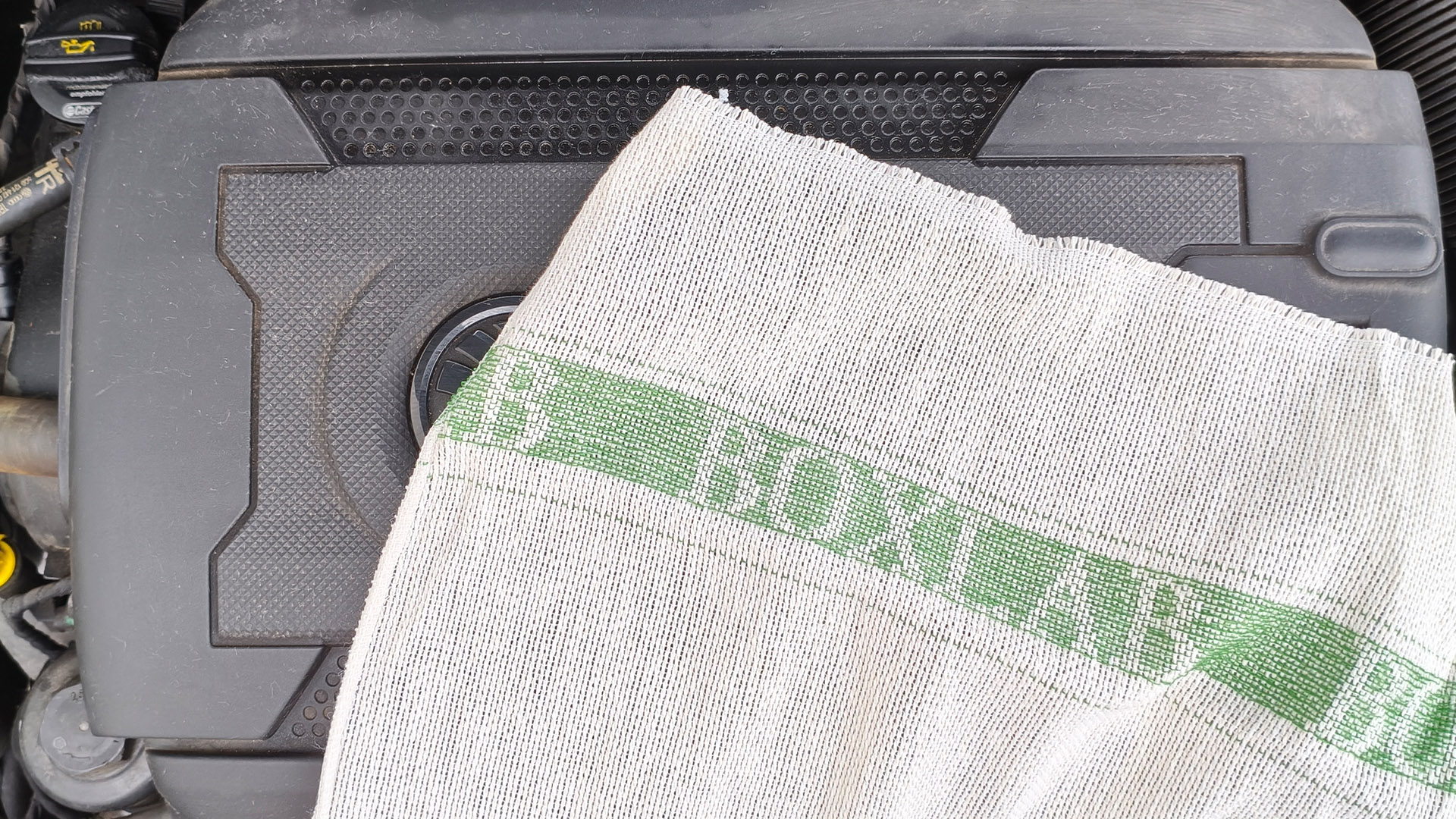
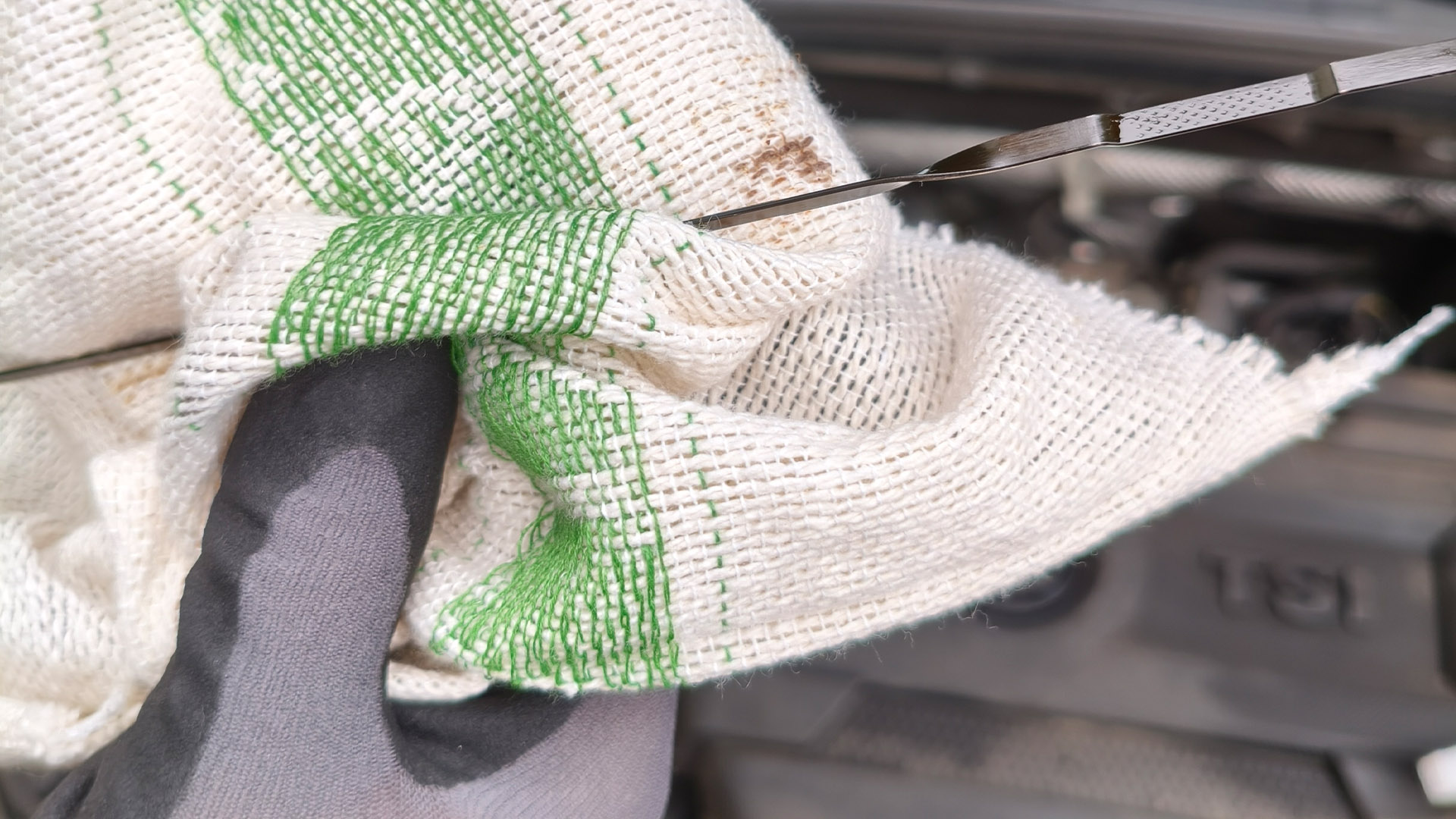
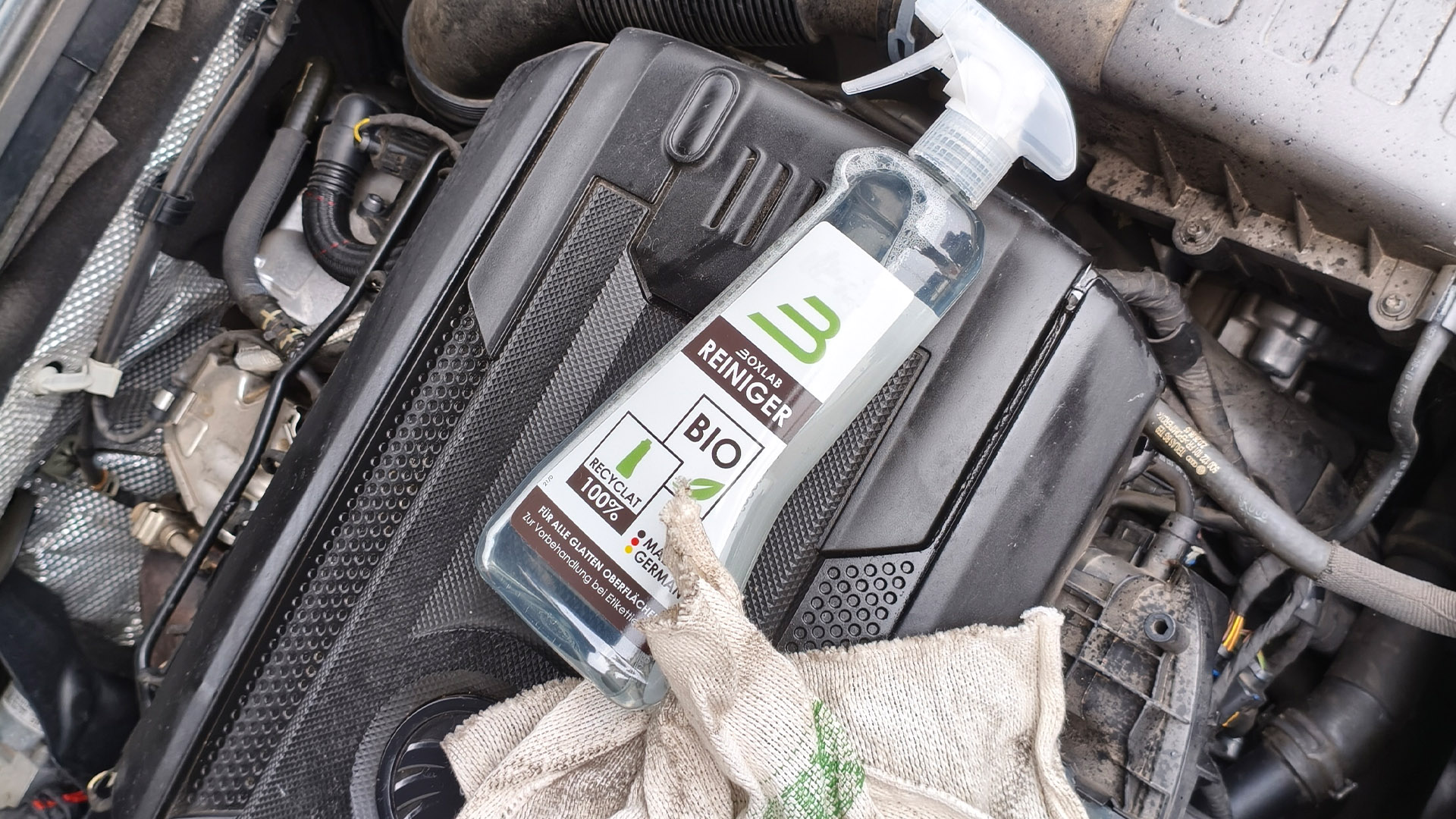
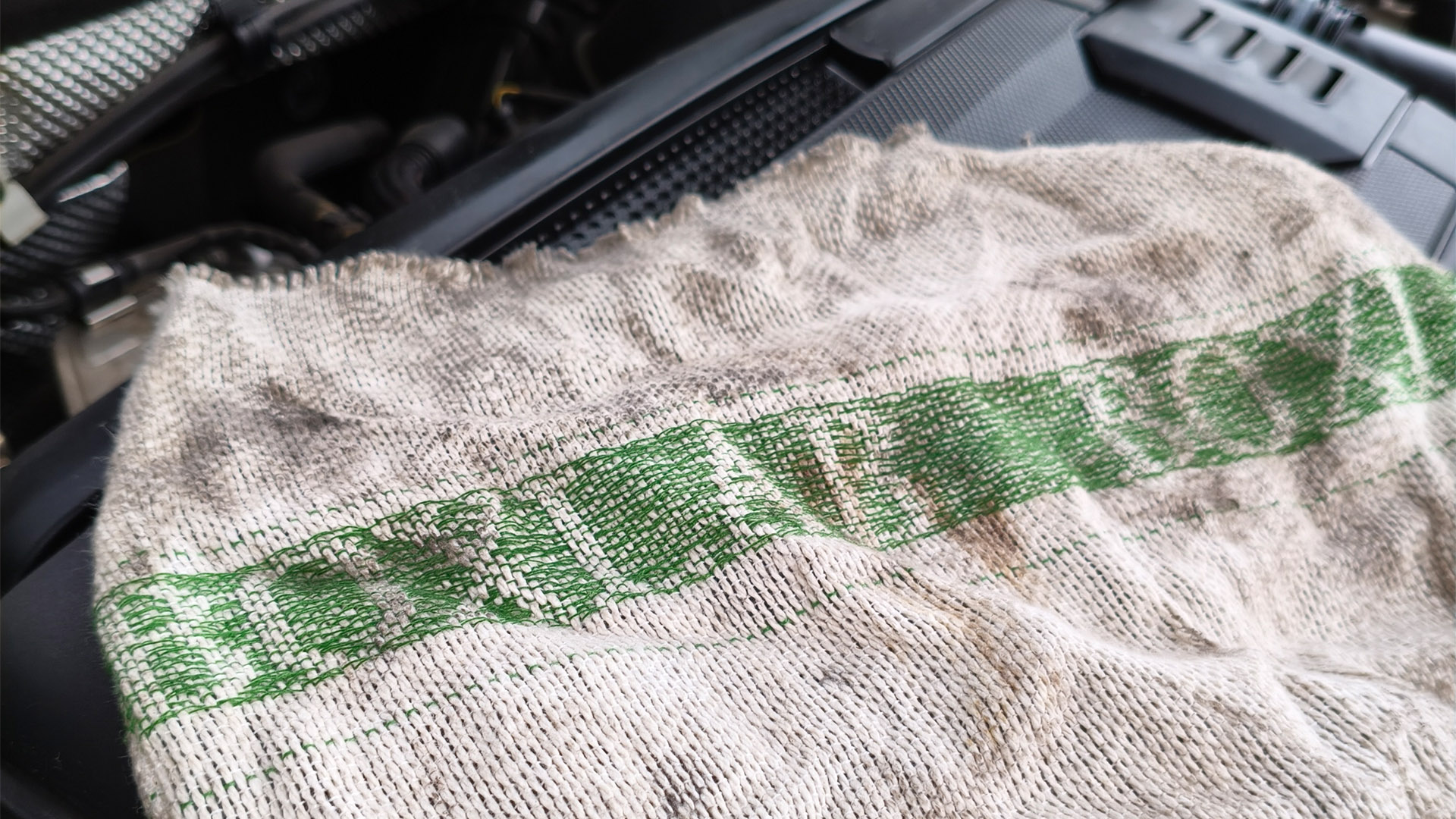
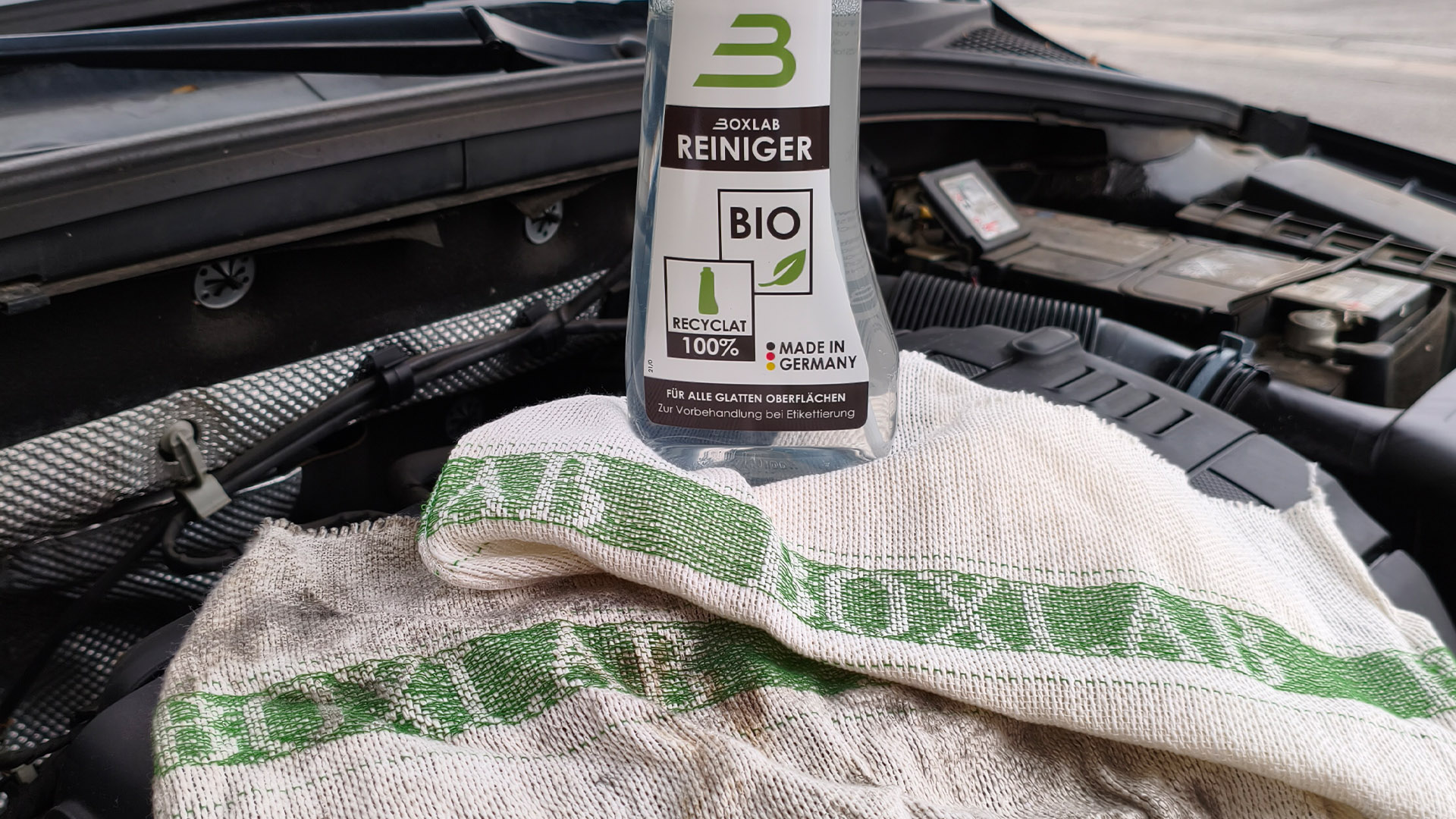
The supposedly easy way: The cleaning cloth cleaning service
The principle is well-known: A service provider delivers clean cleaning cloths, collects the dirty ones, and takes care of cleaning and disposal. This relieves the workshops of work and apparently saves time and effort. But this is where an often overlooked area begins: The transport of oil- and dirt-soaked cleaning cloths is not simply waste transport – it falls under hazardous goods legislation!
It should be emphasized that there is an obligation to classify these materials. The actual classification (e.g. flash point, type and concentration of the chemicals) always depends on the specific content of the impurities. A safety data sheet for the substances and a risk assessment are therefore often necessary for a well-founded classification.
The invisible pitfalls: disadvantages of the cleaning cloth rental service and your liability
Once your oil-contaminated wipes leave your workshop premises, they are part of a logistics chain that is subject to strict legal regulations. Here are the main issues and risks you could face with an external cleaning cloth service:
The hazardous goods status of your cleaning cloths: more than just “waste”
Contaminated cleaning cloths, especially those containing oils, grease, paints, or solvents, can be classified as hazardous goods (often under UN numbers such as UN 3175 or UN 1856). This is due to their flammability or the risk of spontaneous combustion. This means that special regulations regarding packaging, labeling, and accompanying documents apply to the transport of hazardous goods cleaning cloths.
The role of the “shipper”: Focus on your (joint) responsibility
In dangerous goods law, the shipper is the person or company that hands over the dangerous goods to a carrier for transportation (in accordance with ADR section 1.4.2.1.1). Even if you commission a service provider, you generally remain the shipper of the soiled cloths, as these originate from your workshop and are provided by you for transportation. As the shipper, you have extensive obligations (so-called shipper obligations workshop): You must ensure that the goods are correctly classified, packed in approved containers and that these are correctly marked and labeled (hazard label, UN number). You are also jointly responsible for the completeness and correctness of the accompanying documents. Important note: A contractual clarification of roles is also possible as a safeguard, e.g. by transferring certain duties by contract in accordance with ADR 1.4.3.1. This could include the handover of classified and packed goods to the service provider, who may then also act as the packer.
High liability risk: The “workshop liability cleaning cloth service”
Imagine an accident occurs during the transportation of the collected cloths, or a traffic check uncovers defects (e.g. incorrect marking, insufficient load securing, missing documents). The consequence: Even if the transport company is primarily responsible for defects during transportation, the workshop can be held jointly responsible as the shipper in the event of inadequate preparation or breach of duty. This can result in high fines, the assumption of recovery and cleaning costs as well as legal consequences, including criminal prosecution.
Insurance cover: Does your policy really cover everything?
A point that is often overlooked: many workshops wrongly assume that their general public liability insurance will cover them in the event of damage during the transportation of dangerous goods. But beware: damage caused by non-compliance with dangerous goods regulations or damage that occurs during the transportation of dangerous goods is often excluded from standard insurance policies or only covered by special additional clauses. If the worst comes to the worst, you could be left with an enormous loss that threatens your existence. Recommended action: Ask your insurer explicitly! Specific wording such as “Does your public liability insurance cover damage during transportation of UN 3175 or UN 1856 if I act as the shipper?” will give you additional security.
The obligation to appoint a dangerous goods officer
The regulatory obligation to appoint a dangerous goods safety advisor arises in accordance with Section 3 of the Dangerous Goods Safety Advisor Ordinance (GbV) if you regularly transport, load or package dangerous goods. Exceeding the 1000-point limit can be a clear indication that such regular activity is taking place. Even if the rental service organizes the collection: As you provide the cloths and you are therefore the shipper, you may be required to appoint such an agent. This is an additional, often costly obligation (whether internal or external) that can quickly come your way in connection with a cleaning cloth rental service – another hidden cost factor and an additional administrative burden. For small garages in particular, this is a significant burden that is often overlooked.
The safe alternative: buy machine cleaning cloths instead of renting & own cleaning cloth cleaning workshop
- Full Control & Legal Certainty: You have complete control over the entire life cycle of your cleaning cloths – from first use to final cleaning. The hazardous goods transport issue is eliminated, as the soiled cloths do not leave your premises as hazardous goods that must be transported externally. The complex and liability-intensive shipping obligations are completely eliminated, as is the need for a hazardous goods safety officer for this process.
- Full Insurance Coverage: Since there is no external transport of hazardous goods, the specific risks that could lead to gaps in your insurance coverage are eliminated. You are on the safe side.
- Cost Control: In the long run, purchasing and washing cleaning cloths yourself can often be more cost-effective than an ongoing rental service. The investment in a suitable washing machine pays for itself quickly.
- Transparency and sustainability: You know exactly how your cloths are cleaned and can control the environmental impact of the process yourself.
- Simplicity: Less administrative effort and no dependence on external schedules or third-party quality standards. Important note for implementation: On-site cleaning should always be carried out using suitable machines and in compliance with all occupational health and safety regulations. Please also note that the resulting wastewater may also be subject to monitoring – regulations under the German Water Resources Act (WHG) or municipal wastewater regulations may apply here.
Our recommendation for your workshop: Control and safety
Especially for small and medium-sized workshops, it is crucial to minimize risks and be able to focus on your core business. Purchasing high-quality machine cleaning cloths in conjunction with your own cleaning cloth cleaning service offers you:
- Legal certainty
- Full insurance coverage
- Cost control
- Independence
- No requirement to have a hazardous materials safety officer for this activity
Rely on proven quality and take control yourself.
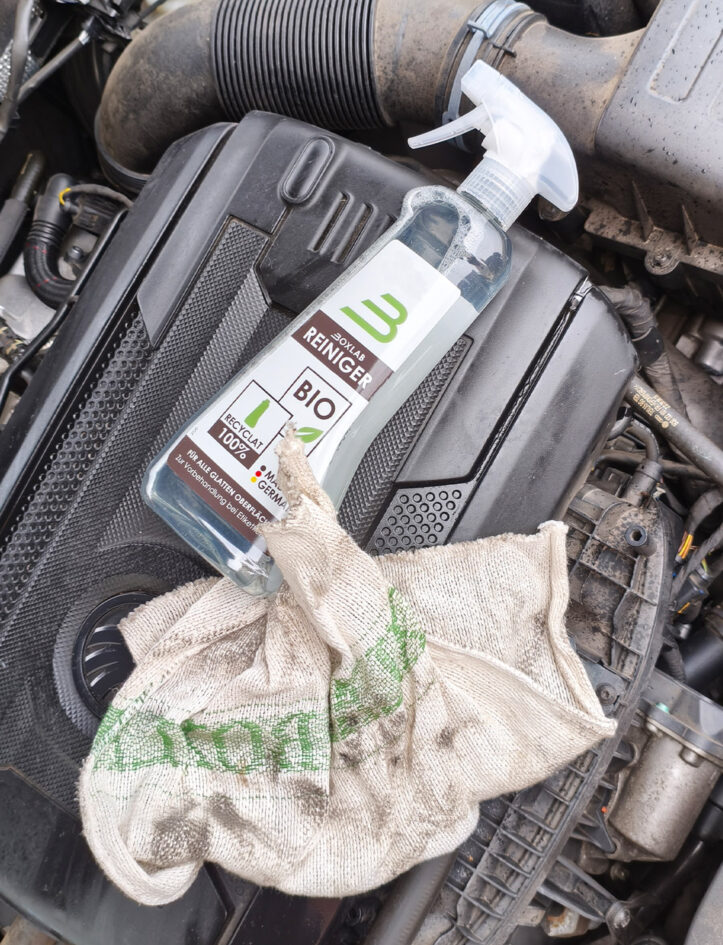
Das Bild zeigt den BOXLAB BIO-Reiniger zusammen mit einem BOXLAB Maschinenputztuch im Motorraum eines Fahrzeugs. Das Tuch liegt auf einer verschmutzten Oberfläche und verdeutlicht die effektive Reinigung von öligen und schmutzigen Bereichen. Durch die Kombination aus hochwertigem Maschinenputztuch und dem BOXLAB BIO-Reiniger lassen sich Motorraum und andere schwierige Oberflächen schnell und gründlich säubern, um eine ideale Grundlage für Etikettierungen oder weitere Reinigungsprozesse zu schaffen.
Excursus: The thousand-point rule and its pitfalls - quantities that are quickly reached!
In order to better understand the complexity of the dangerous goods regulations, it is essential to take a look at the so-called “1000-point rule” (in accordance with ADR 1.1.3.6). This limit determines whether a dangerous goods transport runs under simplified conditions or whether the full, complex dangerous goods regulations – including the need for a dangerous goods officer and special vehicle labeling – apply.
The calculation is made by multiplying the net mass (in kg) or the volume (in liters) of a dangerous good by a multiplier that depends on its transport category.
Examples of oil-soiled cleaning cloths:
For cleaning cloths with flammable liquids (e.g. UN 3175, class 4.1): These typically fall into transport category 2, with a multiplier of 3. The 1000-point limit is already exceeded here at around 333 kilograms net mass (1000 points/3 (multiplier)≈333 kg). This corresponds to the content of often only a few large 200-liter collection containers full of oil-soaked cloths.
For oily rags that may have a tendency to spontaneous combustion (e.g. UN 1856, class 4.2): Unless special exemptions apply (see below), these substances fall into transport category 0, with an extremely high multiplier of 50. Here the limit is much lower still: just over 20 kilograms net mass exceeds the 1000-point rule (1000 points/50 (multiplier)=20 kg). This is often not even a half-filled small barrel!
The critical role of metal chips:
A particularly important and often underestimated aspect is the presence of metal shavings in the cleaning cloths. These are almost always present in workshops where the cloths are used to clean machines and workpieces.
This is so crucial because the often quoted exemption for “cloths containing oil” (UN 1856), which could simplify transportation under certain conditions, may explicitly NOT be used if metal shavings are present! The metal particles can not only promote the risk of spontaneous combustion, but also pose other risks. This restriction is regulated in special provision 650 or in SV 670 of the ADR (depending on the exact case constellation).
Conclusion of the excursus:
These examples show how quickly a workshop, even with a normal collection rhythm, can fall into full dangerous goods obligations and therefore full liability if it uses an external cleaning cloth service. Precise classification and knowledge of the quantities are crucial in order to avoid the often ill-considered risks.
Our product overview
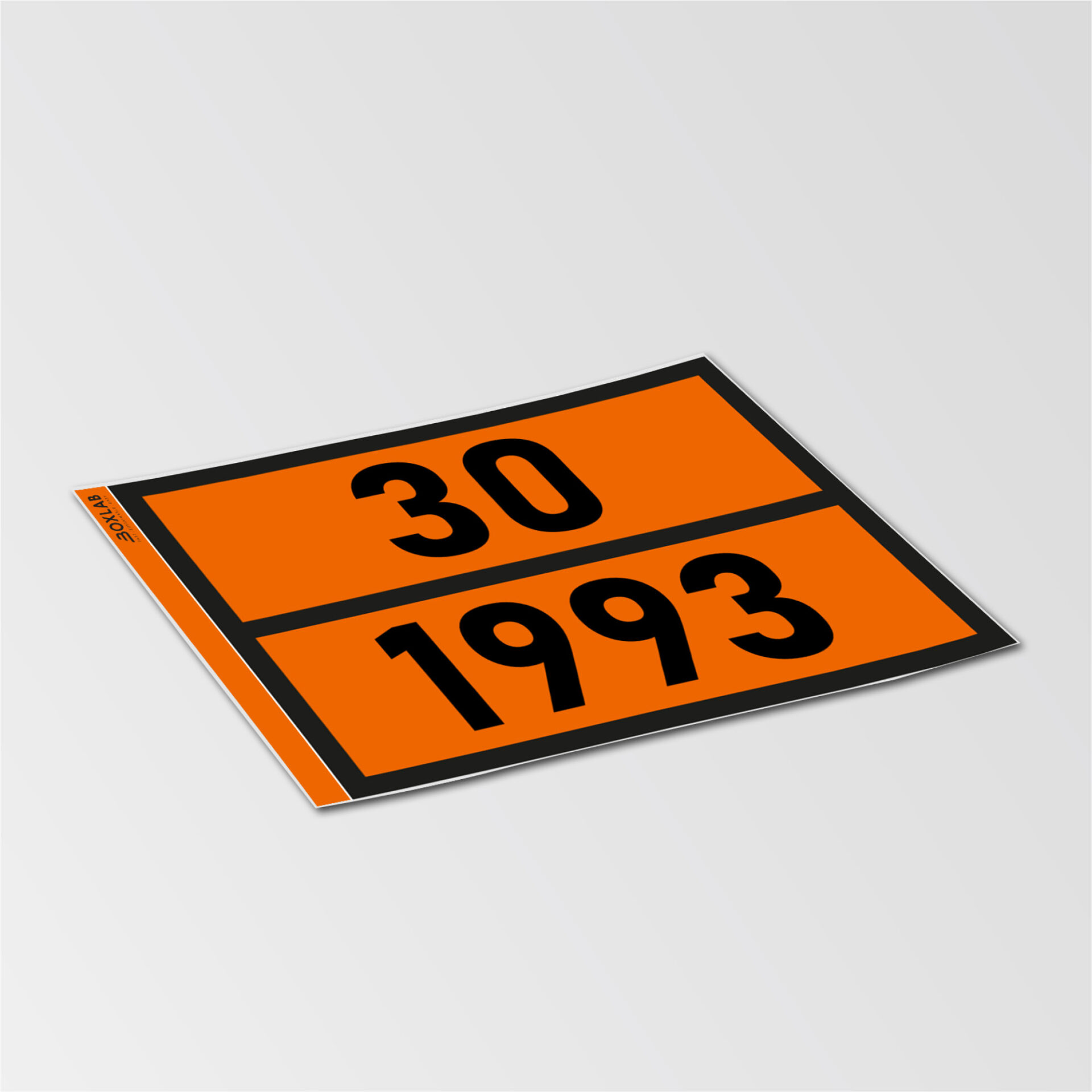
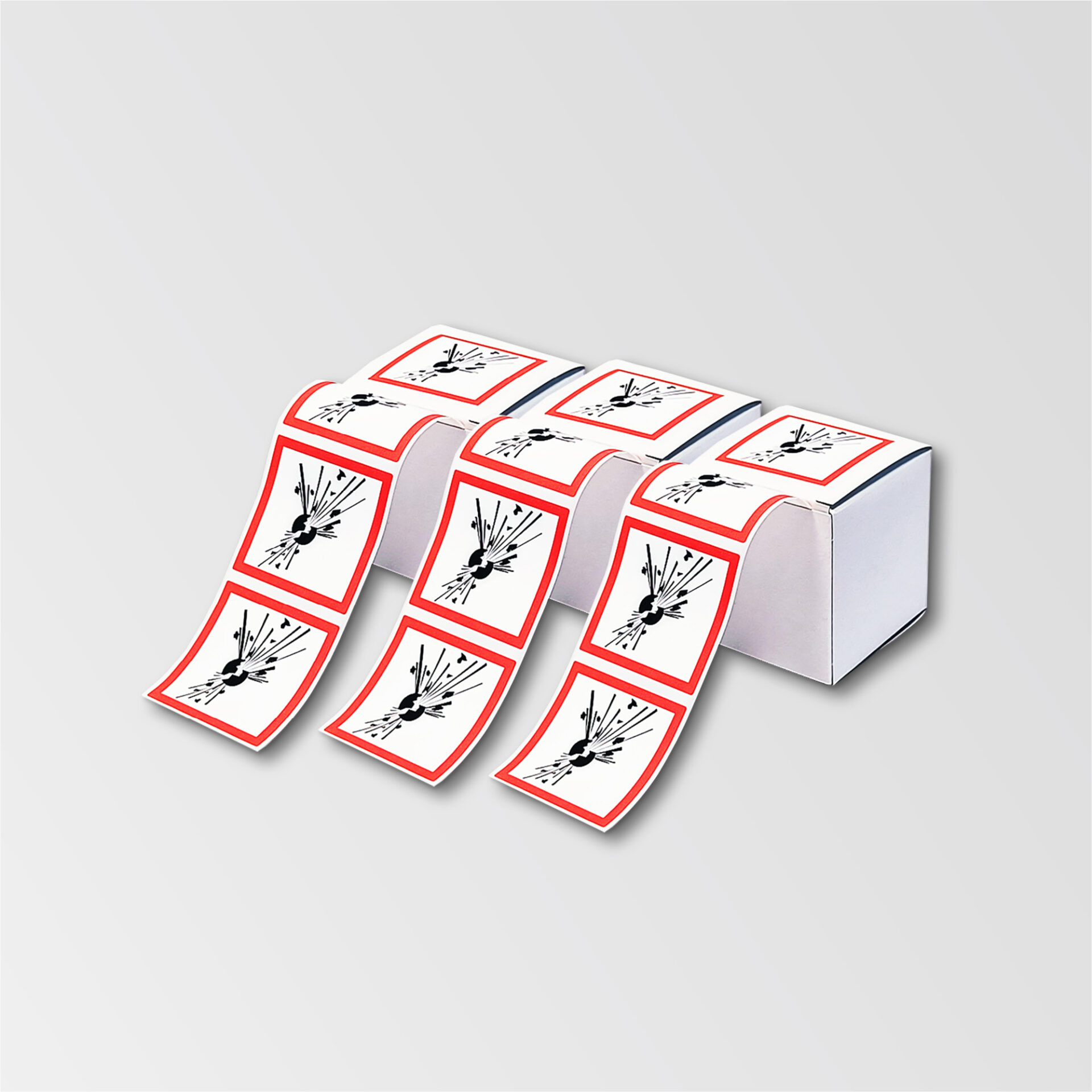
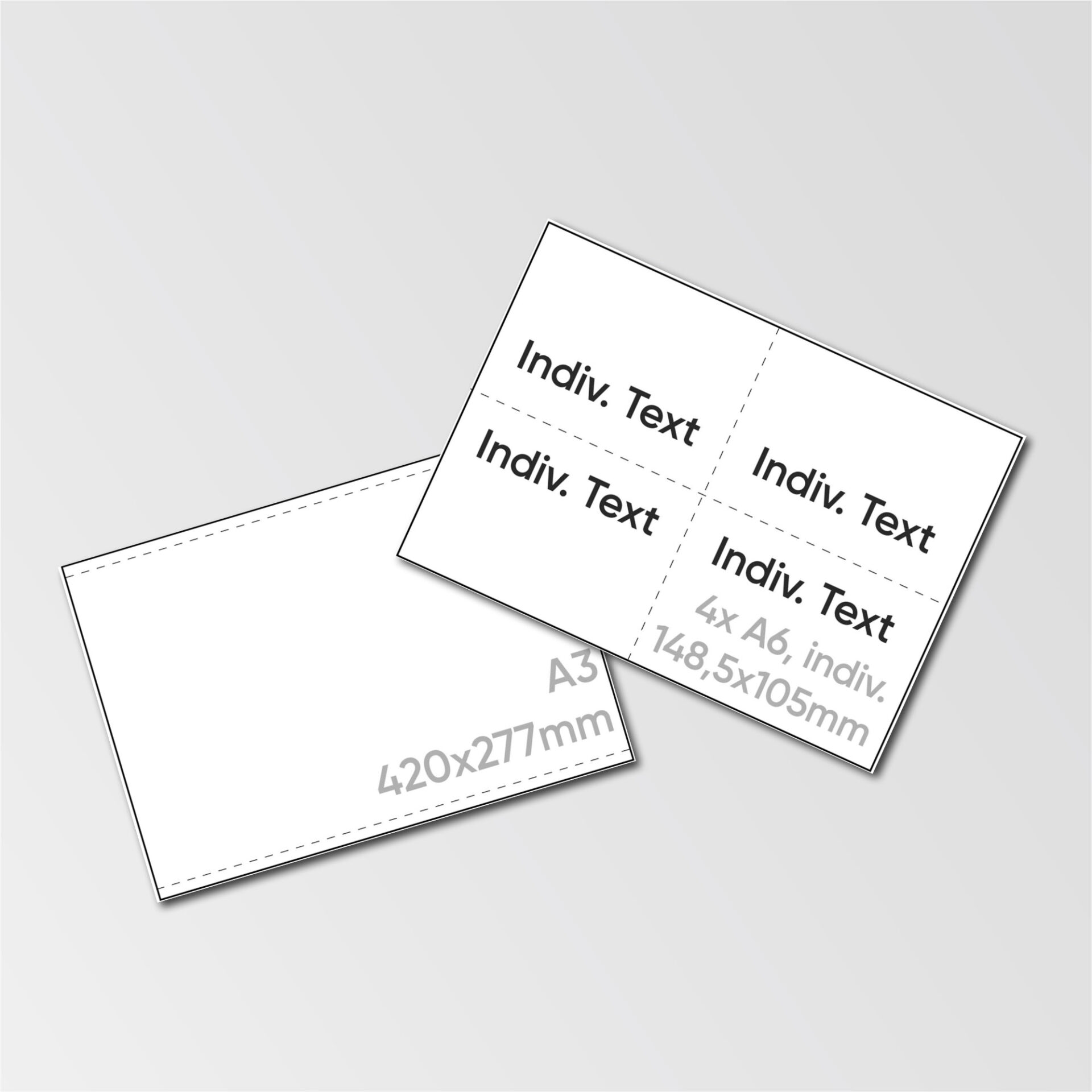
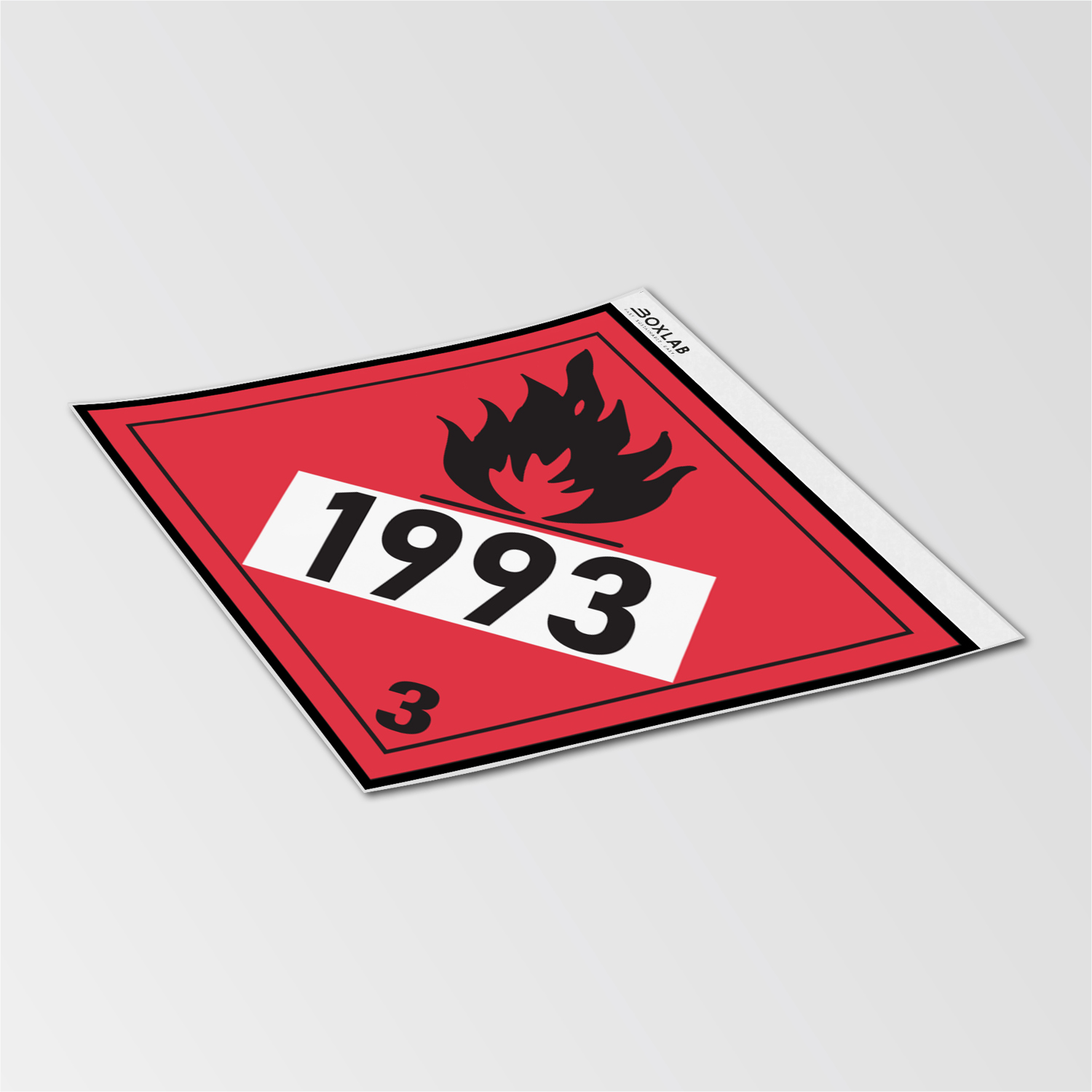
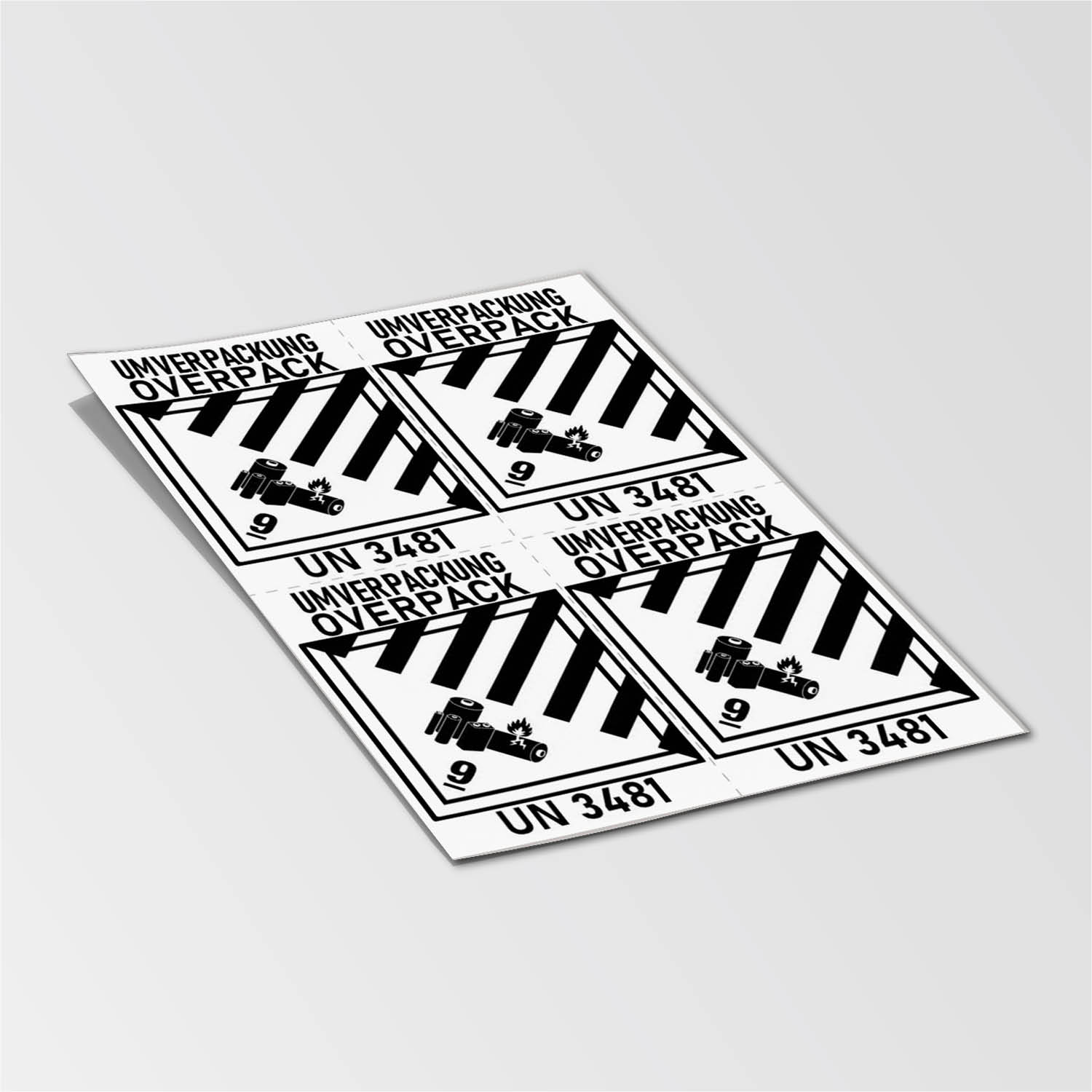
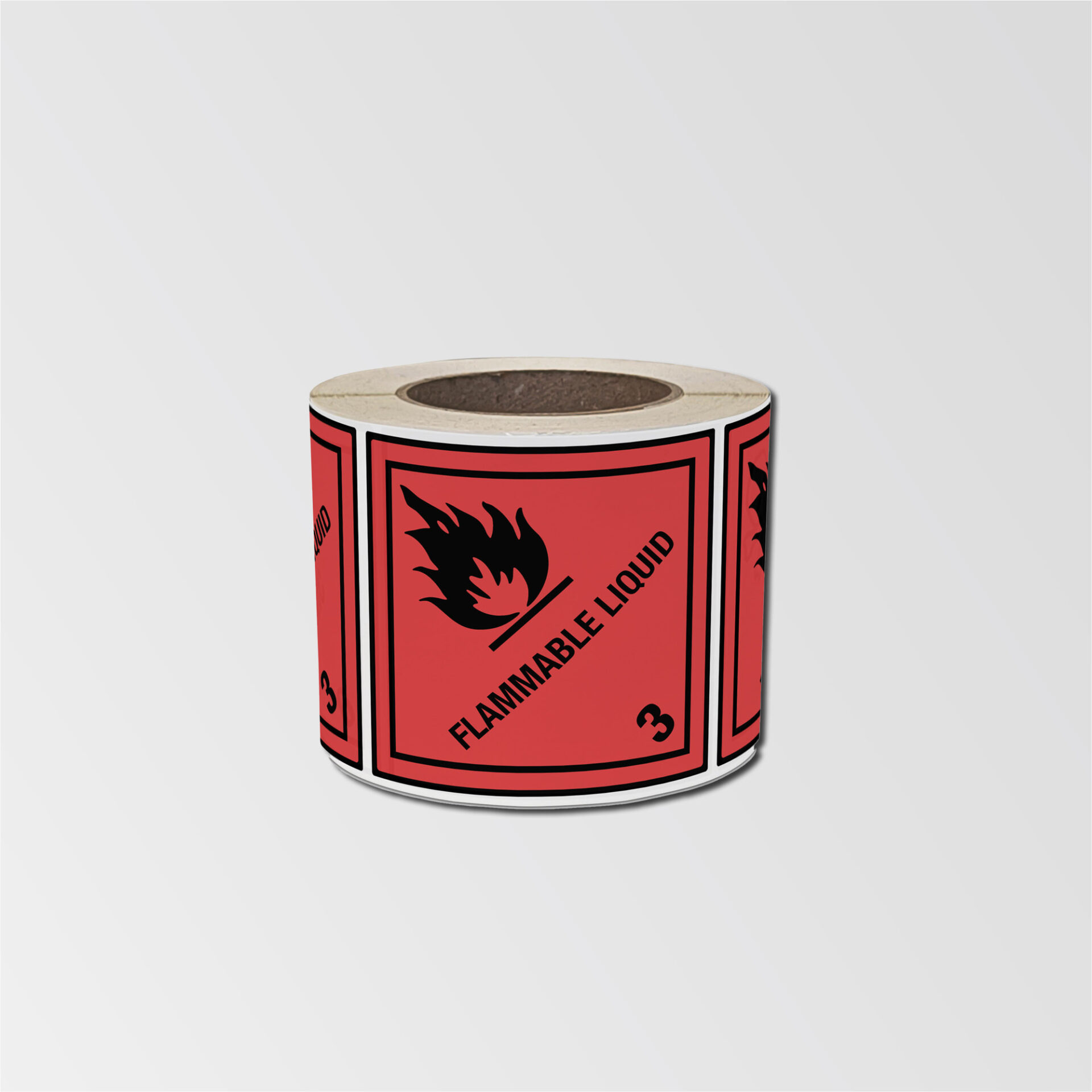

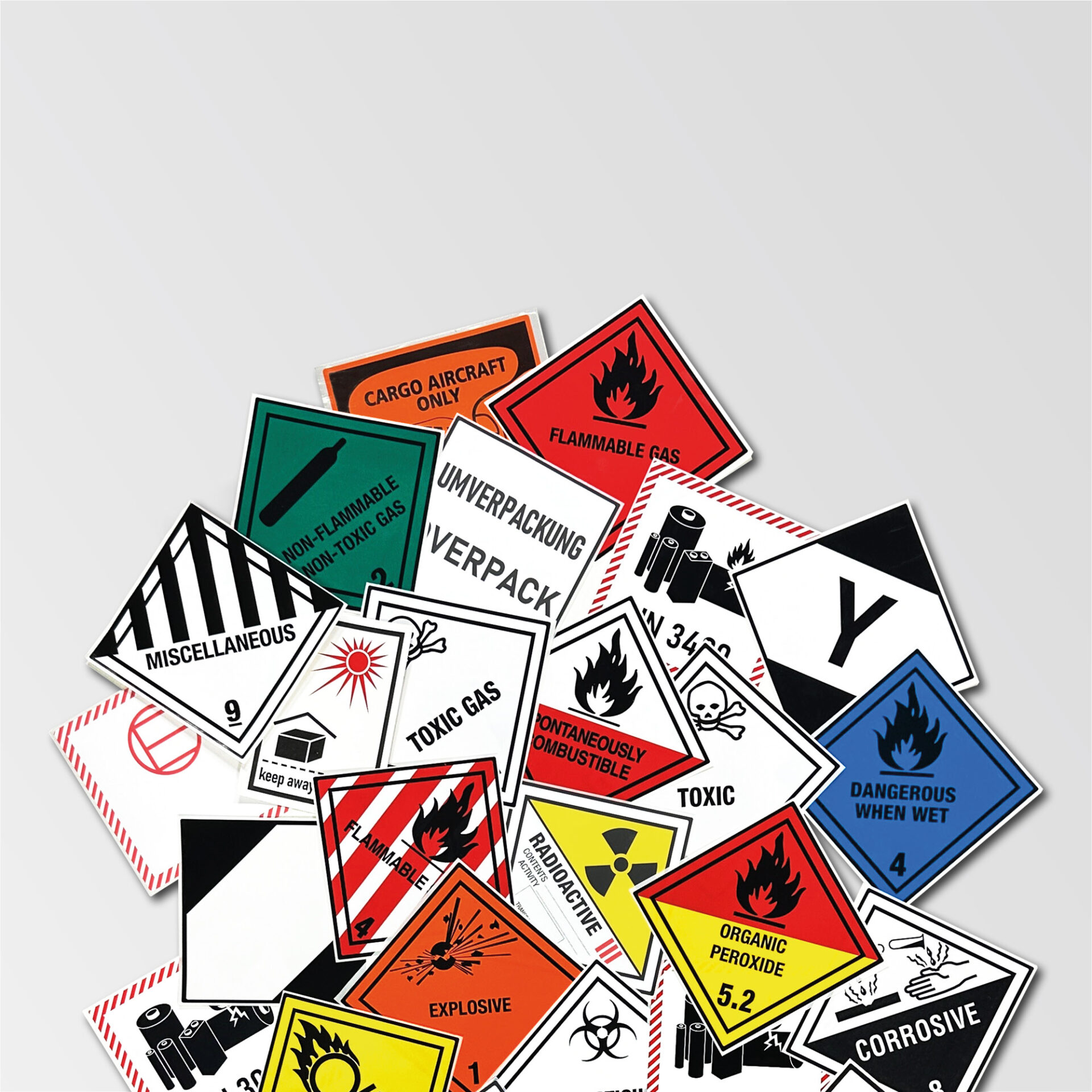
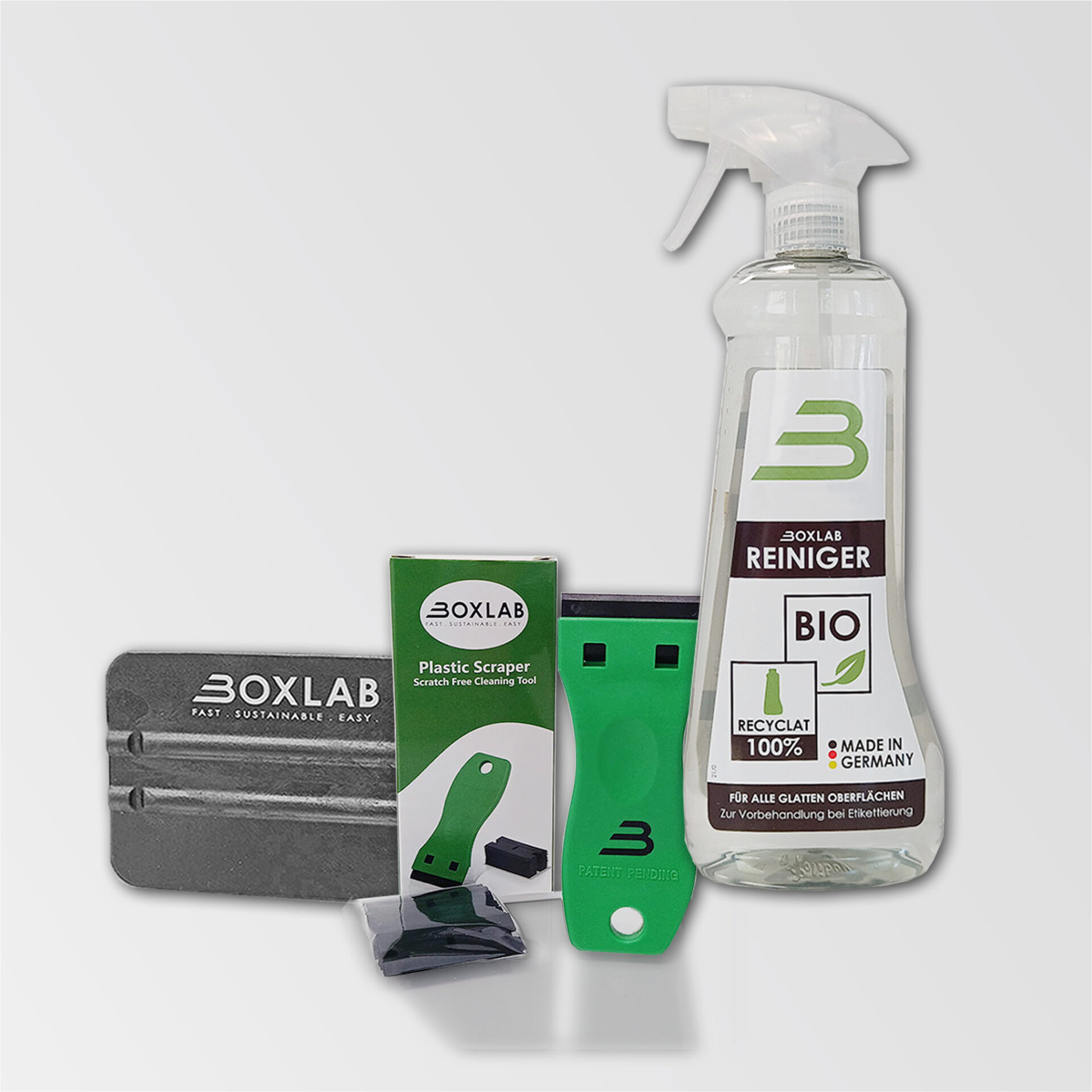
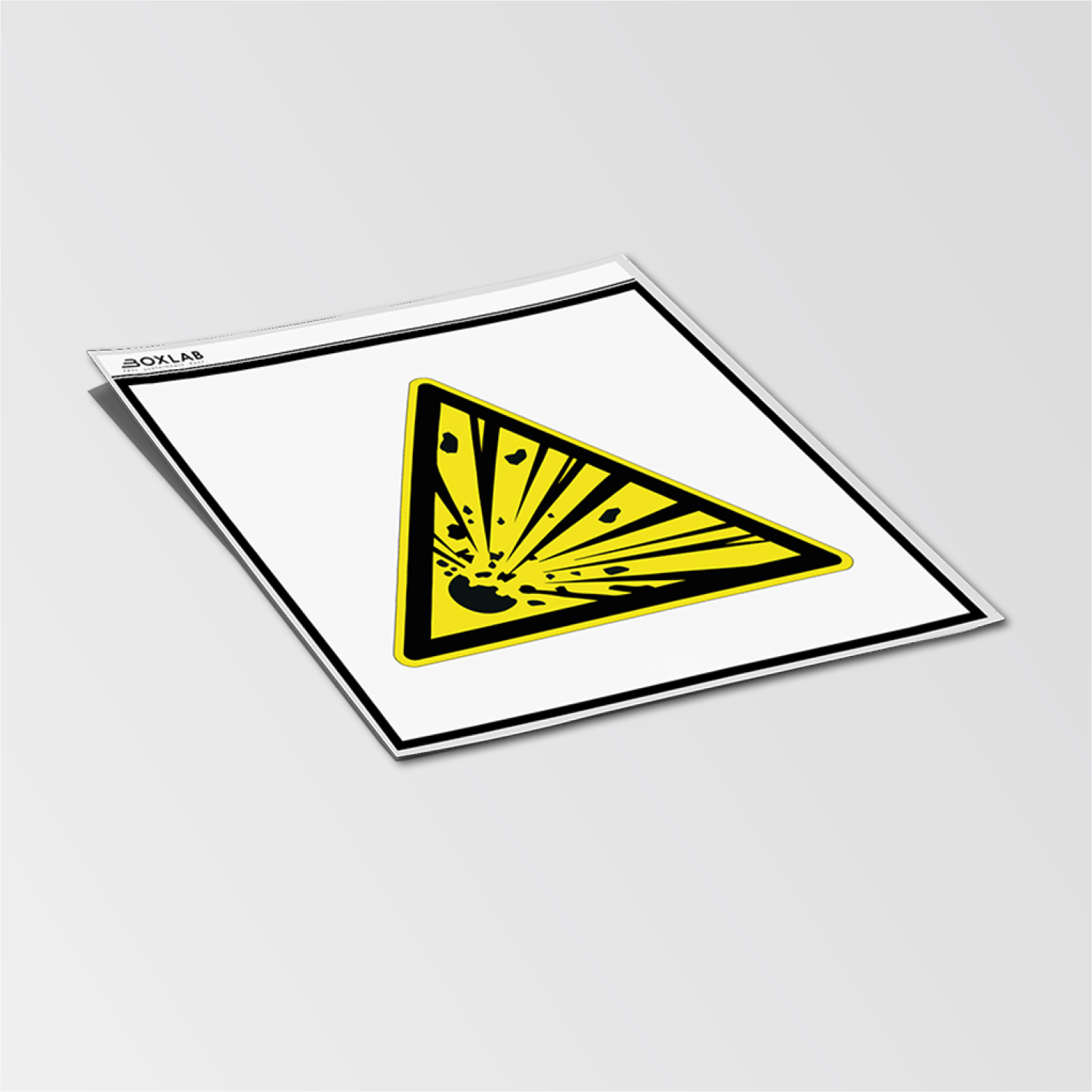
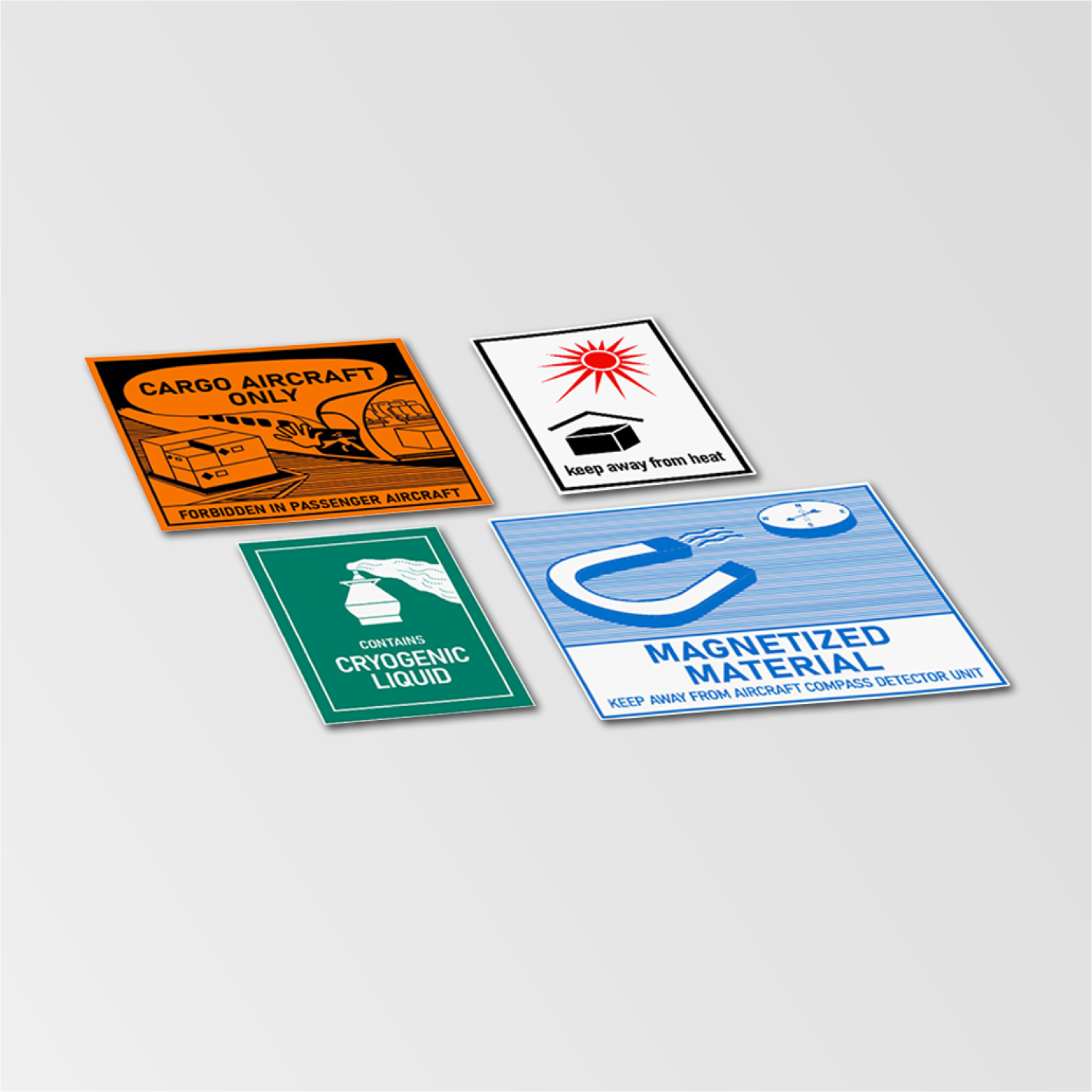
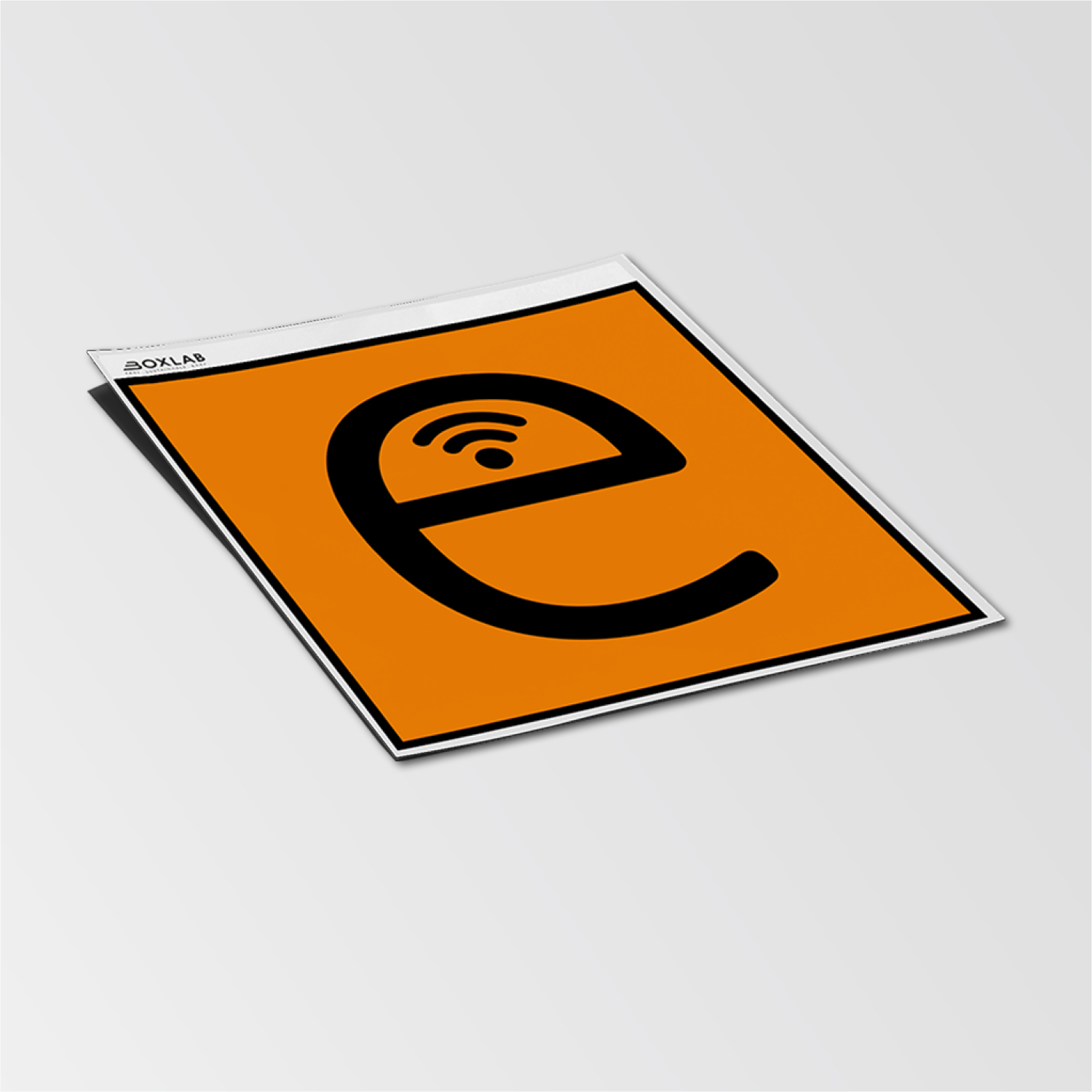
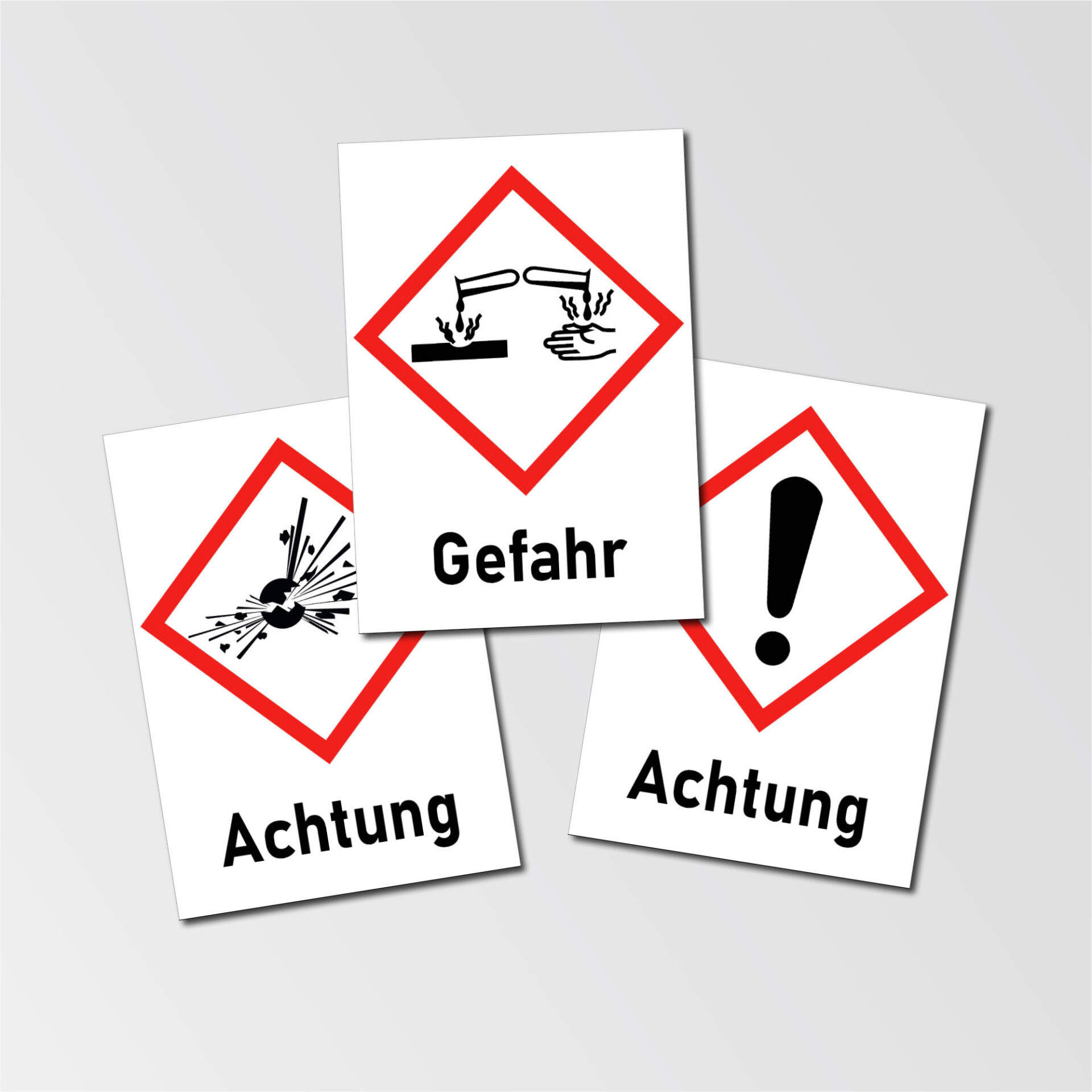
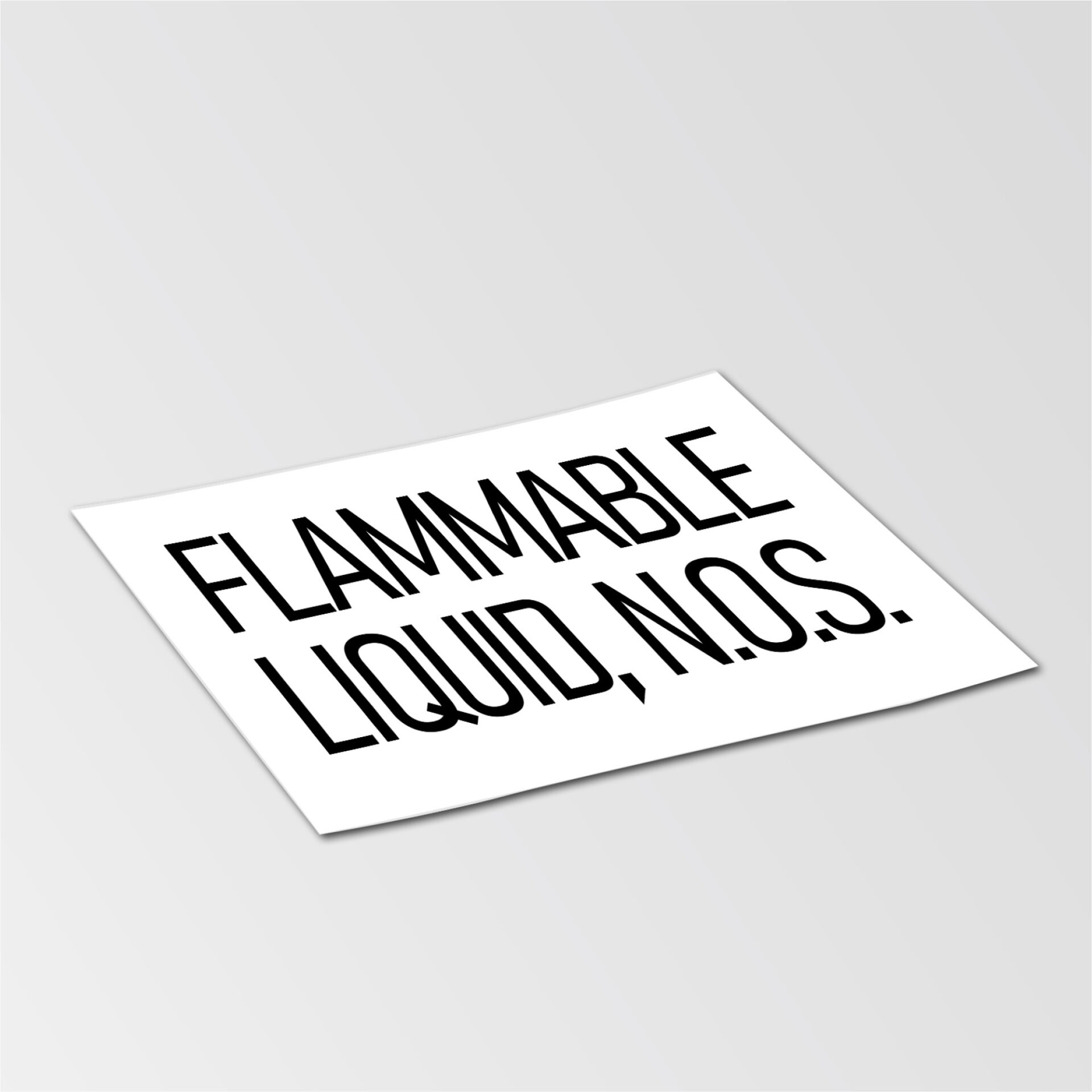
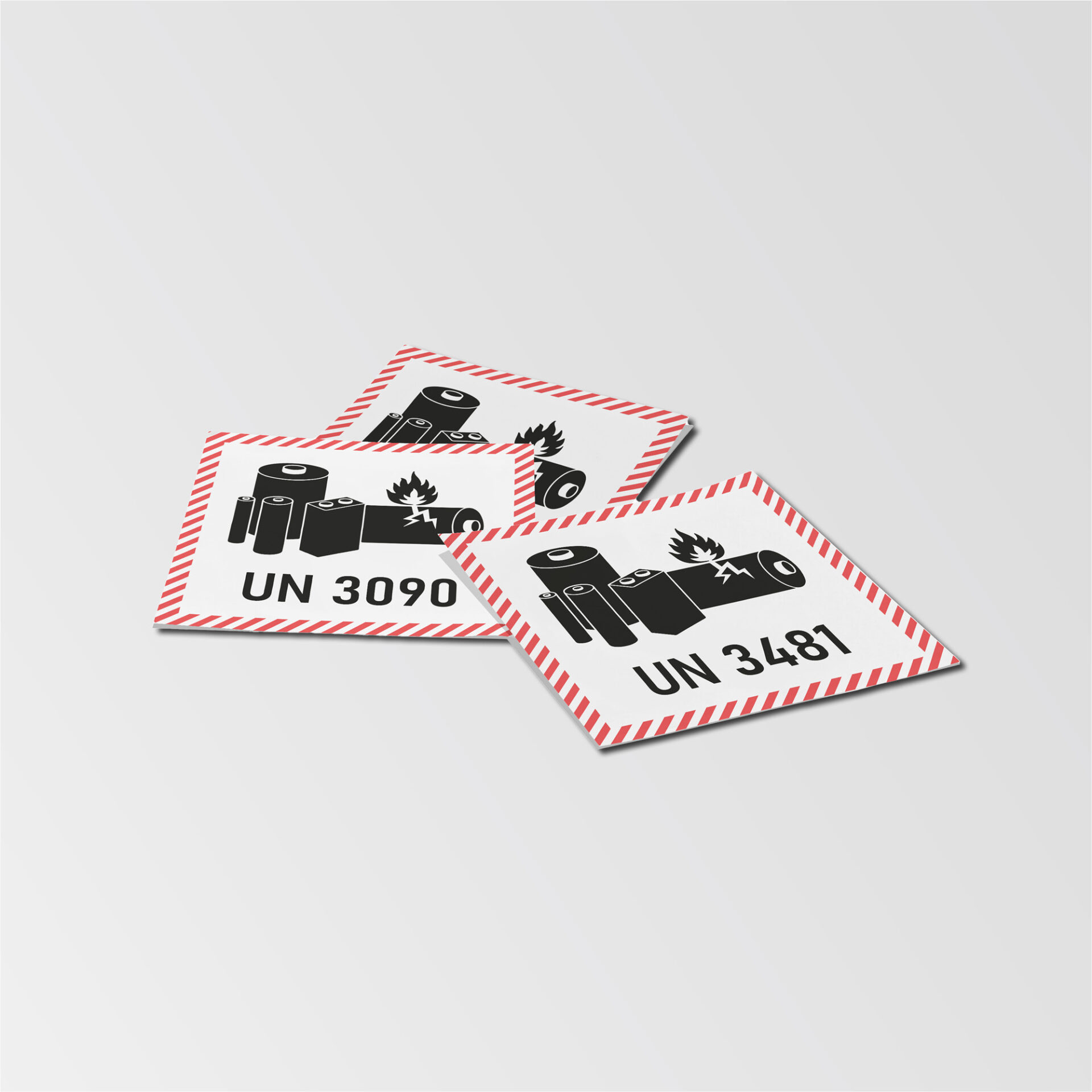
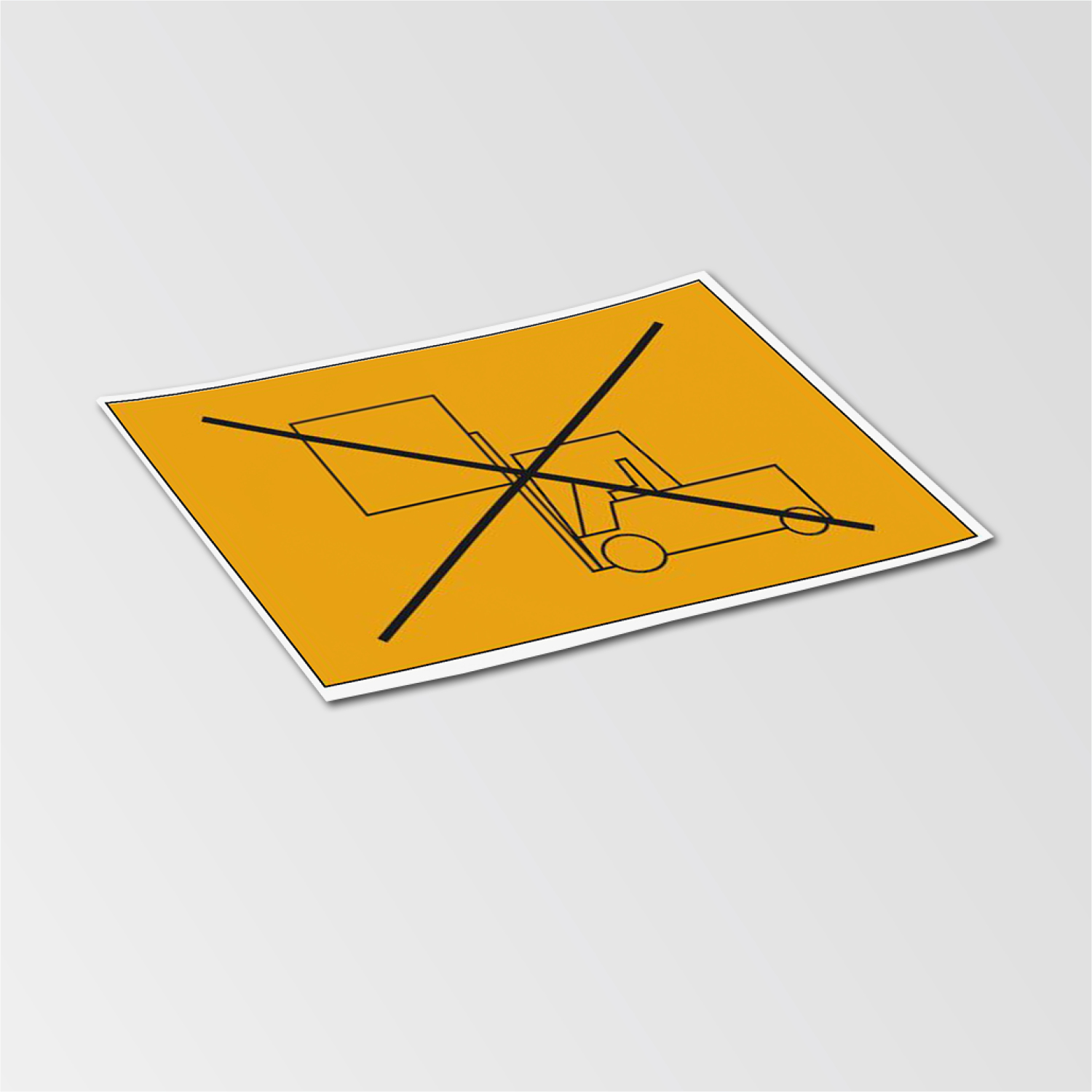
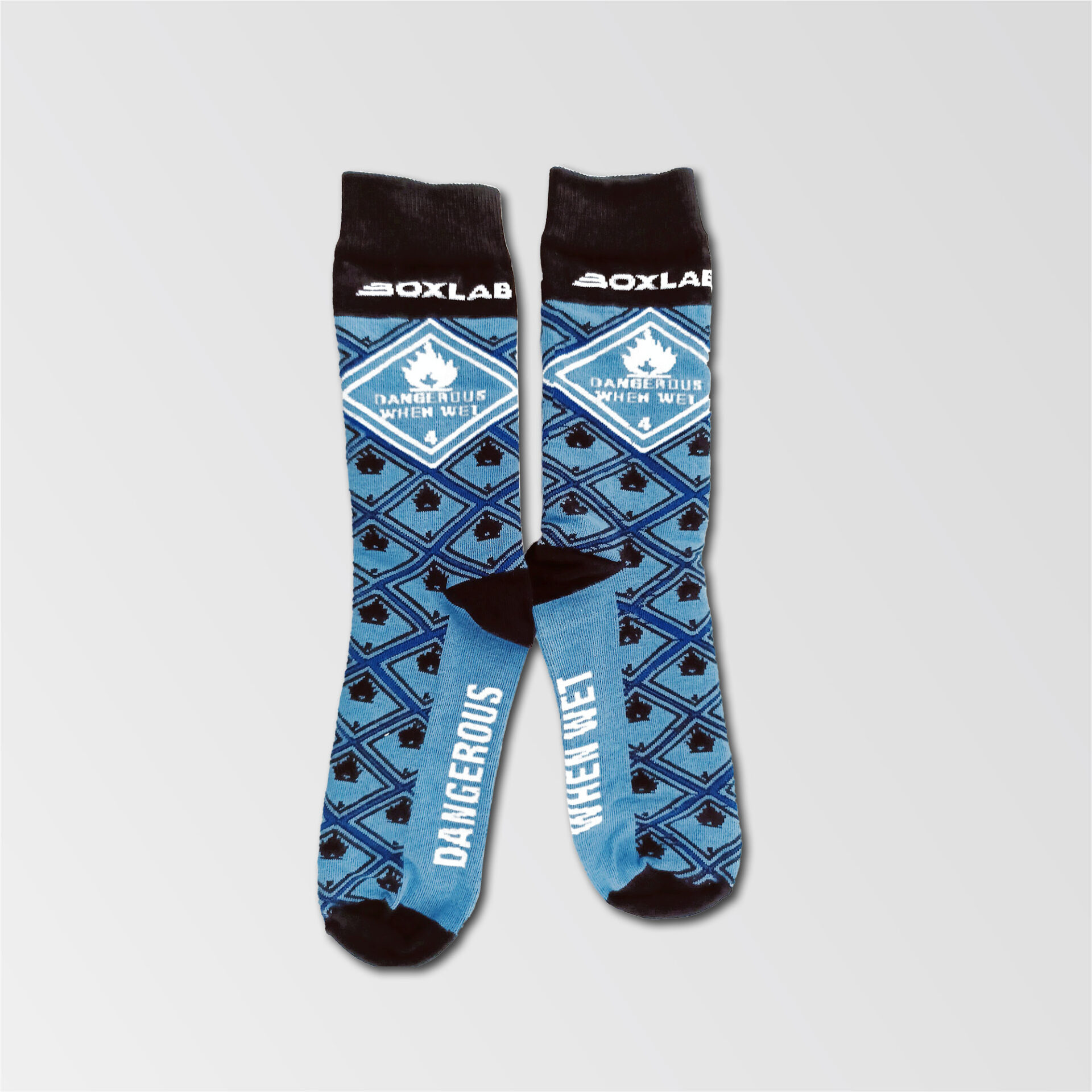

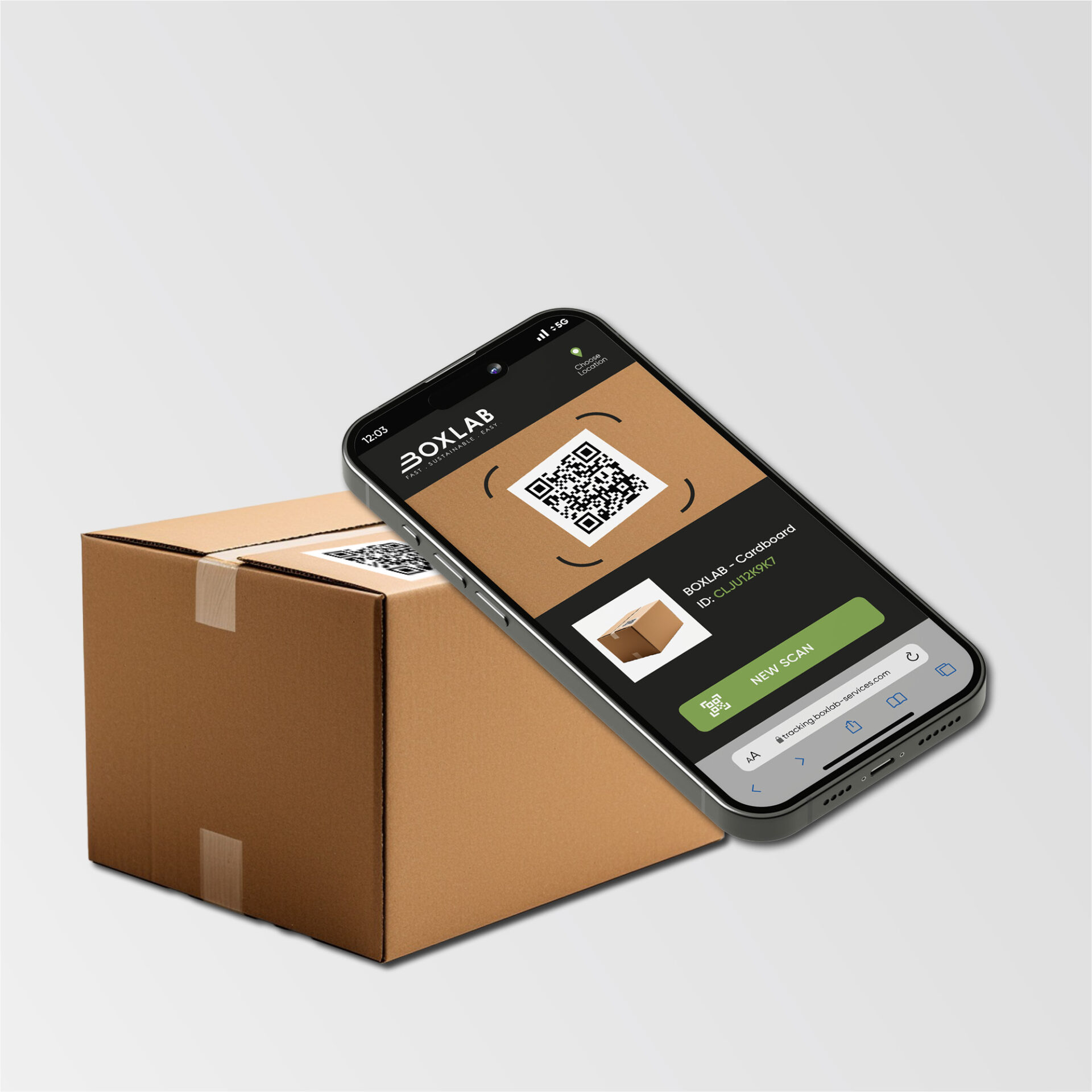
Frequently asked questions (FAQ) about the cleaning cloth rental service & hazardous goods
Are oil-contaminated cleaning cloths always dangerous goods?
Yes, oil-contaminated cleaning cloths and rags containing solvents are considered hazardous goods in most cases. This is due to their flammability or potential spontaneous combustion. The exact classification depends on the type and concentration of the contaminants (often UN 3175 or UN 1856).
Who is the “shipper” if I use a cleaning cloth rental service?
Even if an external service provider collects the cloths, you as the workshop generally remain the shipper of the soiled cleaning cloths. You provide the hazardous goods for transport and are therefore jointly responsible for their correct classification, packaging and labeling.
What risks am I taking as a shipper?
As a shipper, you bear considerable responsibility. If you violate dangerous goods legislation, you may face fines, claims for damages and even criminal prosecution in the event of accidents or inspections. Your liability is often more extensive than many people assume.
Does my public liability insurance cover the transportation of hazardous goods?
In most cases, no. Standard public liability insurance policies often exclude damage arising in connection with the transportation of dangerous goods or non-compliance with dangerous goods regulations. You should definitely contact your insurer and clarify whether you need a special additional clause for such risks.
When do I need a dangerous goods officer if I use a cleaning cloth rental service?
The obligation to appoint a dangerous goods officer arises if you regularly hand over dangerous goods for transportation and exceed certain quantities (the 1000-point rule of the ADR). As oil-contaminated cleaning cloths can quickly reach these quantities (as little as 20-333 kg depending on classification), this obligation can also apply to smaller workshops, even if a service is responsible for collection.
Why are metal shavings in cleaning cloths a problem?
Metal shavings are present in most used machine cleaning cloths. This is a crucial factor: the simplifying exemption for “oily rags” (UN 1856) explicitly does not apply if metal shavings are present! This means that the full, stricter dangerous goods regulations must be applied in this case, which increases the complexity and your liability risk.
What are the advantages of buying machine cleaning cloths and cleaning them yourself?
If you buy machine cleaning cloths instead of renting them and carry out the cleaning yourself (in a suitable industrial washing machine), you avoid the hazardous goods problem during transportation. You are no longer the shipper, significantly reduce your liability risk, can control costs and are more independent. In addition, there is no need for a dangerous goods officer for this specific activity.
Are there any other regulations to observe when cleaning your own cleaning cloths?
Yes, cleaning your own cleaning cloths in the workshop should always be carried out in compliance with occupational health and safety regulations. In addition, the waste water produced may be subject to monitoring, so you must also observe the German Water Resources Act (WHG) and municipal waste water regulations.
What happens if the 1000-point rule is exceeded?
If the 1000-point rule is exceeded, the full dangerous goods regulations apply. This means stricter requirements for vehicle equipment, driver qualification (ADR license), marking of the transport vehicle with orange warning signs and placards and the obligation to appoint a dangerous goods officer.
How can I determine whether my cleaning cloths are classified as dangerous goods?
The classification of your cleaning cloths as hazardous goods depends on the oils and substances used. It is best to consult the safety data sheets of the substances with which the cloths have been contaminated. If in doubt, you should seek advice from an external dangerous goods officer or coordinate the exact classification with your service provider.
